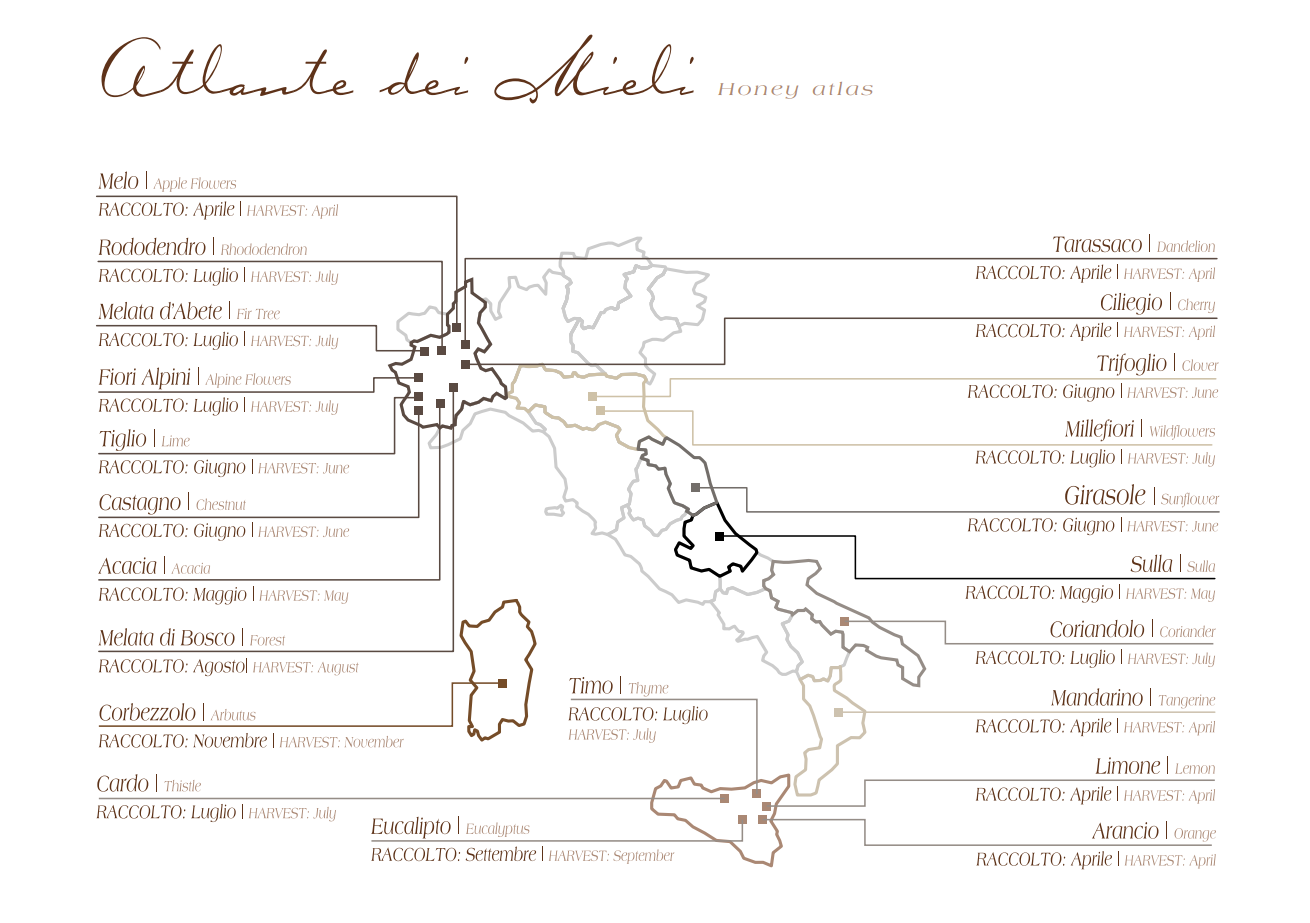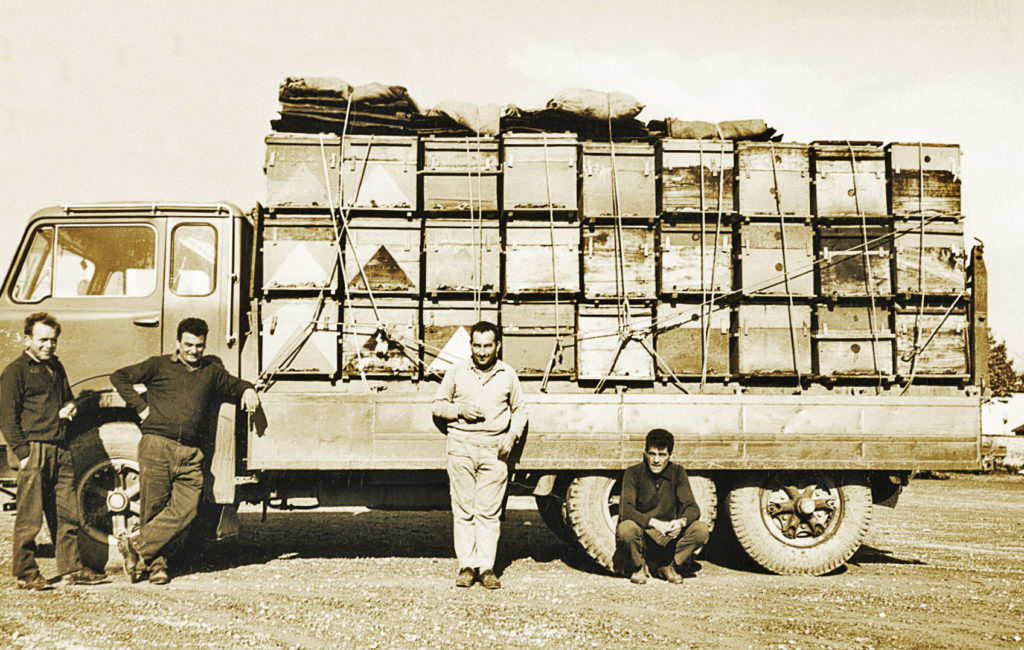«Italia, pizza e mandolino». «Italia, terra di poeti e naviganti».
Dovremmo aggiungere «Italia, terra del miele».
Eh già, perché nel ricco panorama dei prodotti tipici della nostra penisola il miele occupa un posto di primissimo piano, anche se spesso dimenticato.
Le peculiarità geografiche dell’Italia la rendono estremamente ricca di ambienti naturali: montagna alpina e appennino; collina e pianura; foreste di latifoglie e di conifere; mare, laghi, lagune e ambienti fluviali. Ciascuno dei quali è “terreno fertile” per lo sviluppo di piante e fiori caratteristici, materia prima senza la quale, sarebbe impossibile produrre miele.
Soprattutto, la grande disponibilità nella nostra penisola di fiori e piante diverse, con diversi tempi di fioritura, permette una ricca raccolta di miele monoflora, ovvero miele il cui nettare proviene, in netta prevalenza, da un’unica origine botanica, tanto da risultarne sufficientemente caratterizzato dal punto di vista delle peculiarità analitiche e soprattutto organolettiche.
L’Italia, essendo il paese con la maggior biodiversità al mondo, è la regione geografica che regala il maggior numero di miele monofora. L’elenco comprende oltre 50 varietà diverse: dall’acacia ai mieli di agrumi (arancio, limone. mandarino); dal timo al corbezzolo; dal castagno all’eucalipto, passando per il miele di trifoglio, sulla, rododendro, tiglio, ciliegio, girasole, tarassaco e cardo, solo per citarne alcuni. Senza contare le melate di bosco e di abete, che le api producono a partire dalle sostanze zuccherine secrete dagli afidi delle piante.
L’Italia è un unicum nel mondo del miele: un territorio estremamente differenziato che mette a disposizione un gran numero di fioriture scalari di essenze ad alto valore mellifero
CUNEO, LA “PROVINCIA MELLIFERA”
All’interno della vasta produzione di mieli monoflora italiani, la provincia di Cuneo spicca sulle altre. Qui la concertazione di fioriture è eccezionale, grazie alla varietà di paesaggi e specie botaniche.
Nella Granda la raccolta del miele inizia appena sboccia la primavera, grazie ai gialli fiori di tarassaco, per poi proseguire con quella dell’acacia, che fiorisce a inizio maggio fino ai 1000 metri di altezza. Il miele di castagno viene bottinato dalle api a partire da metà giugno, mentre quello di rododendro, la “rosa delle alpi”, una vera rarità perché prodotto nei pressi dei pascoli a più di 1500 metri, avviene da metà giugno a metà luglio (inoltre i fiori del rododendro impiegano 2 anni per sbocciare!).
La stagione del miele prosegue, a fine giugno, con le fioriture del tiglio, un miele giallo oro che può presentarsi o più o meno cristallizzato e con un tipico profumo “mentolato”, e termina a luglio-agosto, con la melata di bosco e di abete, perché gli afidi amano il caldo e l’umidità delle foreste.

Atlante dei mieli italiani prodotti da Brezzo
GERVASIO BREZZO E IL NOMADISMO
Tante e tali sono le varietà di miele che è possibile produrre in provincia di Cuneo, che qui, verso la metà del ‘900, si sono sviluppati i primi esperimenti di apicoltura nomade razionale, ovvero la pratica di spostare le arnie nei tempi e nei luoghi in cui avvengono le fioriture; per raccogliere, lungo tutta la primavera e l’estate, diversi tipi di miele monoflora.
I primi esempi di nomadismo ci arrivano dall’antico Egitto e dai Romani, che muovevano le arnie lungo il corso dei fiumi, ma si trattava di operazioni volte ad aumentare la produttività, non la “purezza botanica”. Fu Don Giacomo Angeleri a introdurre in Piemonte la pratica del nomadismo e a formare in merito i professionisti del settore. Alle sue lezioni partecipava anche Gervasio Brezzo, fondatore dell’omonima azienda apistica (>>leggi il nostro post dedicato alla storia dell’apicoltura Brezzo) allora giovane ed energico apicoltore.
Gervasio fu uno dei primi “allevatori di api” a capire l’importanza del nomadismo per differenziare l’offerta e aumentare l’interesse commerciale e qualitativo dei mieli allora prodotti. Le foto di Gervasio e dei suoi figli che caricano le arnie su vecchi camion alla volta dei pascoli alpini hanno fatto storia; sono i primi documenti piemontesi in merito alla pratica del nomadismo apistico.
Così racconta un bell’articolo di Paolo Faccioli dedicato all’apicoltura in Val Varaita
[Gervasio Brezzo] Andò a prendere accordi col cognato di un pastore che portava le pecore a Monteu, percorrendo un tragitto di sette ore in bicicletta, ed ebbe la disponibilità: “La vallata è tutta vostra”, si sentì dire. Si procurò un residuato bellico, che impiegò cinque ore per percorrere 130 chilometri, e le api arrivarono mezze asfissiate. Ma la prima esperienza portò l’entusiasmo alle stelle, fece costruire 100 nuovi alveari e il secondo anno fece transumare una settantina di famiglie.
Oggi è anche grazie a Gervasio e alla sua lungimiranza che la famiglia Brezzo continua a tenere viva la pratica del nomadismo, diventando l’azienda italiana che produce la maggior varietà di mieli uniflorali.
SCOPRI TUTTI I MIELI MONOFLORA BREZZO
[:en]«Italy, pizza and mandolin». «Italy, the land of poets and sailors».
We could also add «Italy, the land of honey».
Indeed, because among the many traditional products of our peninsula, honey is one of the most important – even though it is often forgotten.
The unique geographical characteristics of Italy has endowed it with a rich ensemble of natural resources: the Alps and the Apennines; hills and plains; forests of broad-leaved and coniferous trees; seas, lakes, lagoons and rivers. Each is a “fertile soil” for the growth of typical plants and flowers, an important element without which producing honey would be impossible.
Above all, the great availability of different flowers and plants – with different blooming periods – in our peninsula allows the rich collection of monofloral (or unifloral) honey: this is made with nectar that predominantly comes from a single plant species, an element that characterizes its analytical and organoleptic properties.
Italy, a country endowed with a rich biodiversity, is the geographical region that offers the greatest number of monofloral honey. The list includes over 50 different varieties: acacia, citrus (orange, lemon, mandarin), thyme, lavender, chestnut, eucalyptus, clover, French honeysuckle, rhododendron, basswood, cherry, sunflower, dandelion and cardoon, to name a few. This does not include wood and fir honeydew, which bees produce from the sugary substances secreted by plant aphids.
Italy is unique in the world of honey: an extremely diversified territory which provides a great number of essences – in continuous bloom – that produce honey
CUNEO, THE “HONEY PROVINCE”
Within the vast production of Italian monofloral honeys, the province of Cuneo stands out from the rest. Here, the concurrence of flowering is exceptional, thanks to the variety of landscapes and plant species.
In the Granda, honey harvest begins as soon as spring comes, thanks to the yellow dandelion flowers, and it continues with the acacia flowers, which bloom in early May at the height of 1000 metres. Chestnut honey is foraged by bees starting from mid-June, while honey from rhododendron – the “rose of the alps” – a real rarity because it is produced near pastures at more than 1500 metres, is gathered from mid-June to mid-July (rhododendron flowers take 2 years to bloom!).
Honey season carries on, at the end of June, with the flowering of basswood, which produces a golden yellow coloured honey that can be more or less crystalized and has a typical “menthol” scent, and it ends between July and August, with wood and fir honeydew, because aphids like the heat and humidity of the forests.
GERVASIO BREZZO AND NOMADISM
Many and such are the varieties of honey which can be produced in the province of Cuneo that here, towards the mid-1900s, the first experiments in rational nomadic apiculture have been developed: it refers to the practice of moving the hives in accordance to the time and place in which flowering occurs, in order to gather different types of monofloral honey during spring and summer.
The first examples of nomadism have been practiced in Ancient Egypt and also by the Romans, who would move the hives along the rivers; but these have been aimed at incrementing production, and not at developing “botanical purity”. Giacomo Angeleri had introduced nomadism in Piedmont; he had also trained professionals in this field. Gervasio Brezzo, founder of the company of the same name (>>read our post about the history of Brezzo apiculture), who was then a young and energetic beekeeper, has also attended his lessons.
Gervasio was one of the first “bee breeders” who had understood the importance of nomadism in order to differentiate the product and increment the commercial and qualitative appeal of the honey produced. The photos of Gervasio and his sons who loaded the beehives on rickety trucks directed to the alpine pastures have made history: these are the first documents in Piedmont about the practice of apicultural nomadism.
Here is what a beautiful article by Paolo Faccioli had to say about apiculture in Val Varaita
[Gervasio Brezzo] He went to make arrangements with the brother-in-law of a shepherd who brought sheep to Monteu, covering a seven-hour stretch by bicycle, and he had the means: “The valley is all yours”, he heard him say. He had gotten hold of a war remains, which took five hours to cover 130 kilometres, and the bees had arrived almost suffocated. But this first experience has gotten him really excited: he had ordered 100 beehives to be made and in the following year he had migrated about seventy families.
Thanks to Gervasio and to his intuition, today Brezzo has continued to keep the practice of nomadism alive, becoming the Italian company which produces the most varieties of unifloral honeys, coming from eight Italian regions: Piedmont, Emilia-Romagna, Marche, Abruzzo, Puglia, Calabria, Sicily and Sardinia.


